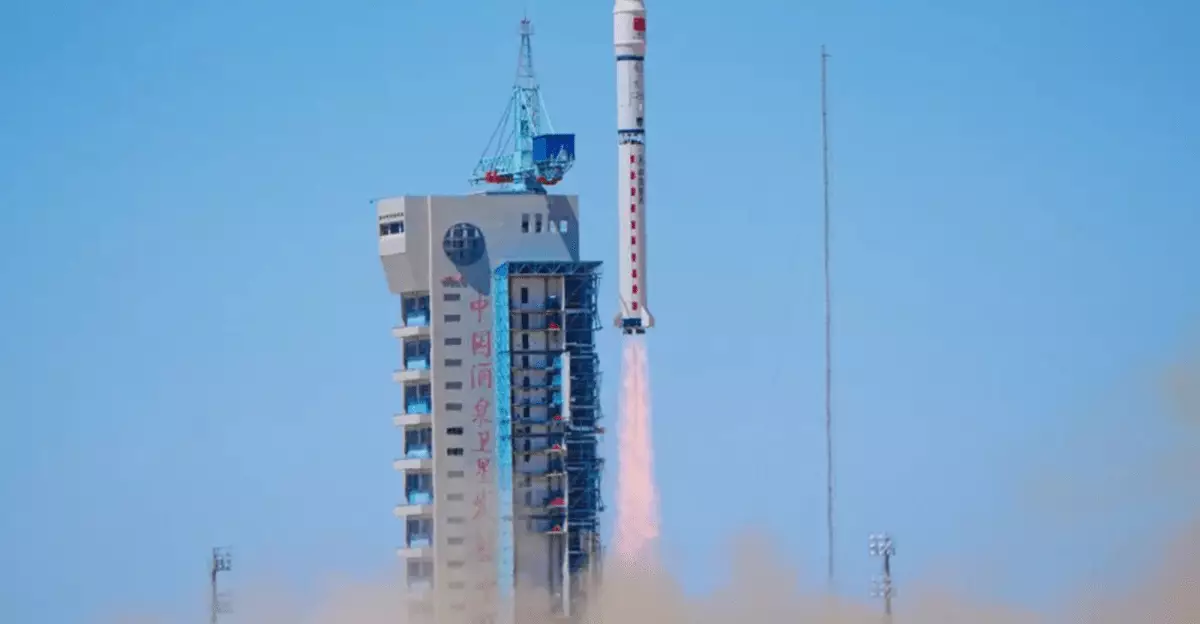In a groundbreaking move that could redefine the landscape of computational technology, China’s ADA Space has launched an ambitious project set to revolutionize how data is processed in space. The company has initiated the deployment of a supercomputer satellite network comprised of 2,800 satellites, the first 12 of which have successfully been launched into orbit. This development signals not only a significant technological advancement, but also a strategic ascent in the global race for space-based computing capabilities.
Autonomous Data Processing: A Paradigm Shift
The most striking feature of this satellite network is its ability to process data autonomously. Traditionally, satellite technologies have been reliant on terrestrial stations for data analysis. However, the onboard technology of these new satellites enables them to perform computations in real-time, drastically reducing latency and increasing the efficiency of data usage. This stands in stark contrast to previous limitations, where less than 10% of satellite-collected data successfully made it back to Earth due to bandwidth issues. This paradigm shift showcases ADA Space’s commitment to advancing AI-driven solutions that not only enhance speed but also optimize bandwidth utilization.
Impressive Technical Specifications: The Power Behind the Satellites
Each of the newly launched satellites is equipped with an astonishing 8-billion parameter AI model and boasts a processing capacity of 744 tera operations per second (TOPS). When considered collectively, these satellites can achieve a staggering total of 5 peta operations per second (POPS). To put this into perspective, that’s over 125 times more computational power than is required for consumer technologies like Microsoft Copilot—which is a testament to the sheer scale of this project. Furthermore, the satellites utilize a sophisticated communication network that leverages laser technology to facilitate inter-satellite connectivity at speeds reaching up to 100 Gbps.
Applications Across Industries: Bridging Science and Society
The implications of this satellite network extend far beyond mere computation. The satellites are not just a feat of engineering; they carry scientific payloads designed for advanced astronomical research, including an X-ray polarization detector tailored for capturing fleeting cosmic events, such as gamma-ray bursts. Additionally, their capability to generate 3D digital twin data opens up new avenues in various domains like emergency response scenarios, innovative gaming experiences, and even enhancing tourism initiatives by providing immersive simulations. As these technologies evolve, they promise a significant enhancement of societal functions that hinge on real-time data analysis.
Global Implications: A New Era of Space Technology
China’s strategic foray into constructing a space-based computational network has profound ramifications for global technological trends. As countries around the world rush to establish their own advancements in AI and satellite technology, the establishment of ADA Space’s network positions China at the forefront of this emerging field. This capability not only serves national interests but also has the potential to inspire international competition, leading to unprecedented innovations and improvements in space technology.
There is no doubt that ADA Space is embarking on a project of monumental significance. The successful integration of these 12 satellites is just the beginning of a journey that could transform not only how we think about data and AI but also how we connect with the universe around us.

